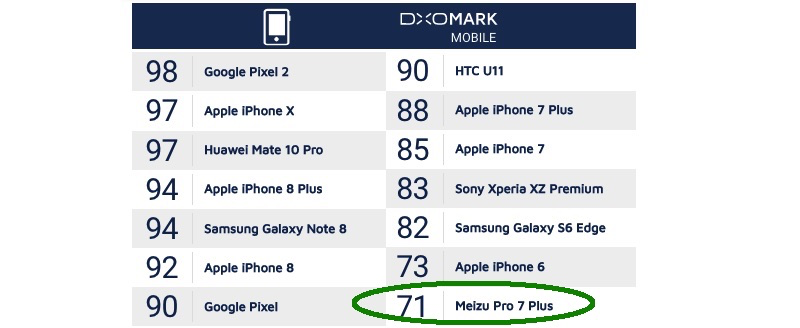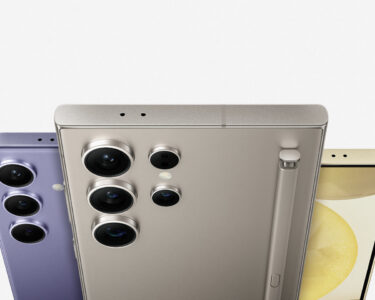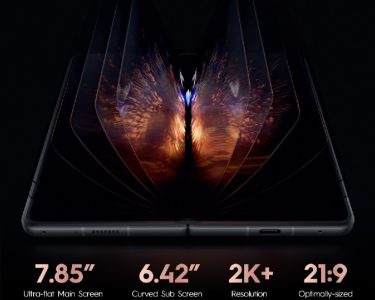Here is the result of Meizu Pro 7 Plus DxOMark Mobile test With the arrival of new premium smartphone, we immediately start wondering how it would score in a DxOMark benchmark test. We have been featuring the ranks of phones Since 2014 and through the years, we have got a lot of interesting and sometimes intriguing details.
This is for the first time we do notice a Meizu phone being tested on DxOMarx & with the new camera protocols.If you have missed it, DxO Labs has updated the smartphone test protocols to keep up with advanced imaging technology.
We do not expect the phone will take over the top spot because the score observed above is lower than the flagship models from the most popular brands in the smartphone market today. With a score of 71, it has been ranked at No.14 just below the old iPhone 6.
The Meizu Pro 7 Plus was introduced this year in July, together with the Meizu Pro 7. The phone arrived having a rear secondary display, 3500mAh battery, a 5.7″ Super AMOLED Quad HD main screen, MediaTek Helio X30 processor, 4GB or 6GB RAM, 64GB or 128GB storage, 12MP rear dual camera, and a 16MP selfie shooter.
Must Read: WhatsApp allows you to play YouTube videos without leaving its platform
The non-Plus version though has slightly lower specs, they are basically the same when it comes to imaging.
The dual camera setup comes with a pair of 12MP RGB and monochrome sensors with 1.25µm pixel pitch and f/2.0-aperture lens, phase detect autofocus, as well as two-tone flash.
The phone can also record videos in 4K 2160p at 30fps. With the new protocol, DxOMobile looks at more than 1500 test images & about 2 hours of video footages in a lab having controlled environments, and, natural outdoor and indoor scenes.
As the issue of taking photos is concerned, the Meizu Pro 7 Plus mostly offers accurate lab test exposures alongside the white balance results. Noise reduction in low light is effective with this phone, while flash exposures on portraits do show good lab test results. It is unfortunate that some images are occasionally corrupted and can be seen some very visible sharpness inconsistencies all across frame occasionally. There is a limited dynamic range too.
As we are concerned with recording videos, the results generally show good lab test exposures in bright-light & low-light conditions. Pleasant colour will be noticed in outdoor light conditions, and will be witnessed smooth white balance adaptation during lighting changes. The downside with this phone is limited dynamic range, underexposure in low light, frequent unnecessary re-focusing & focus hunting, in addition to some visible exposure steps during lighting changes.




